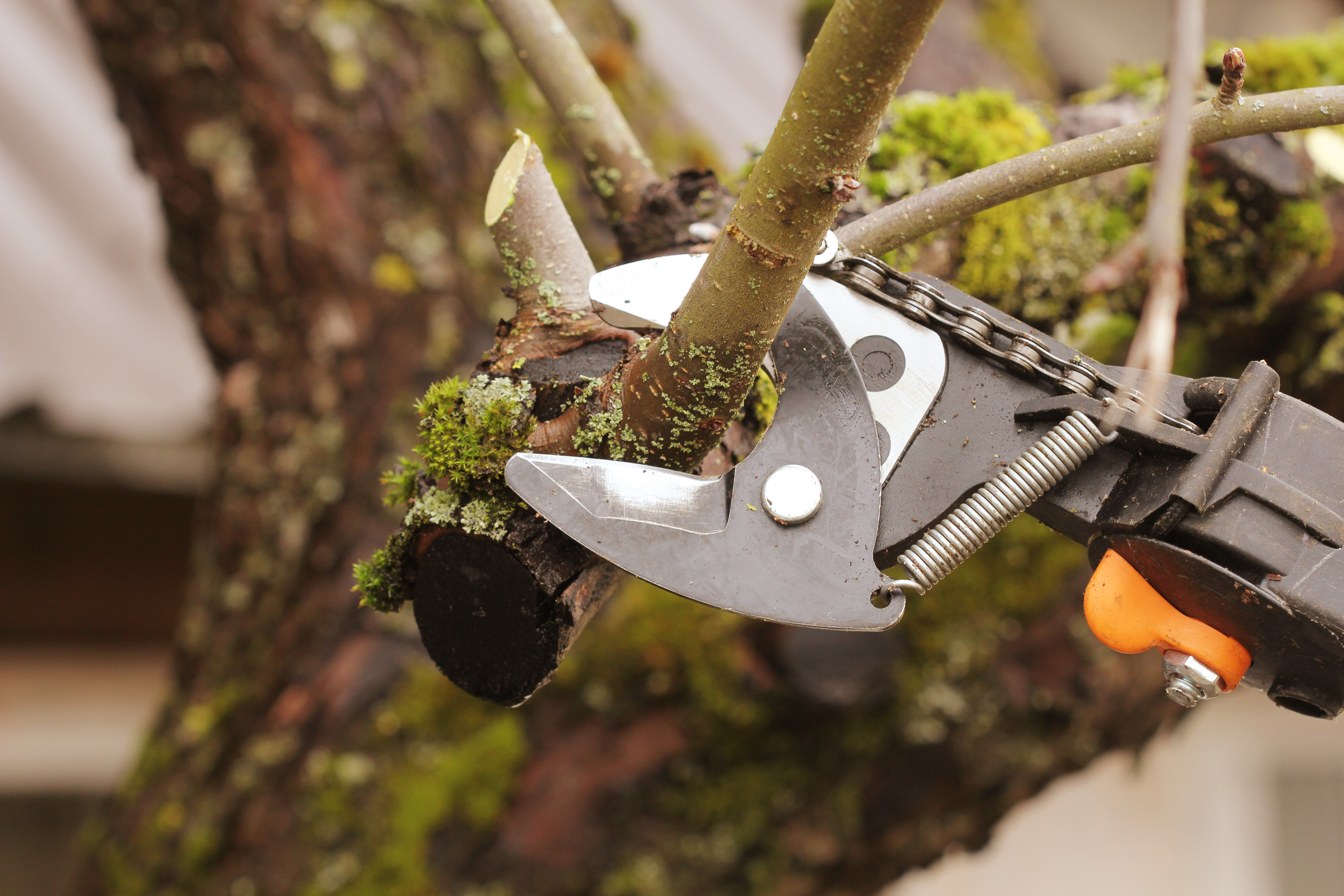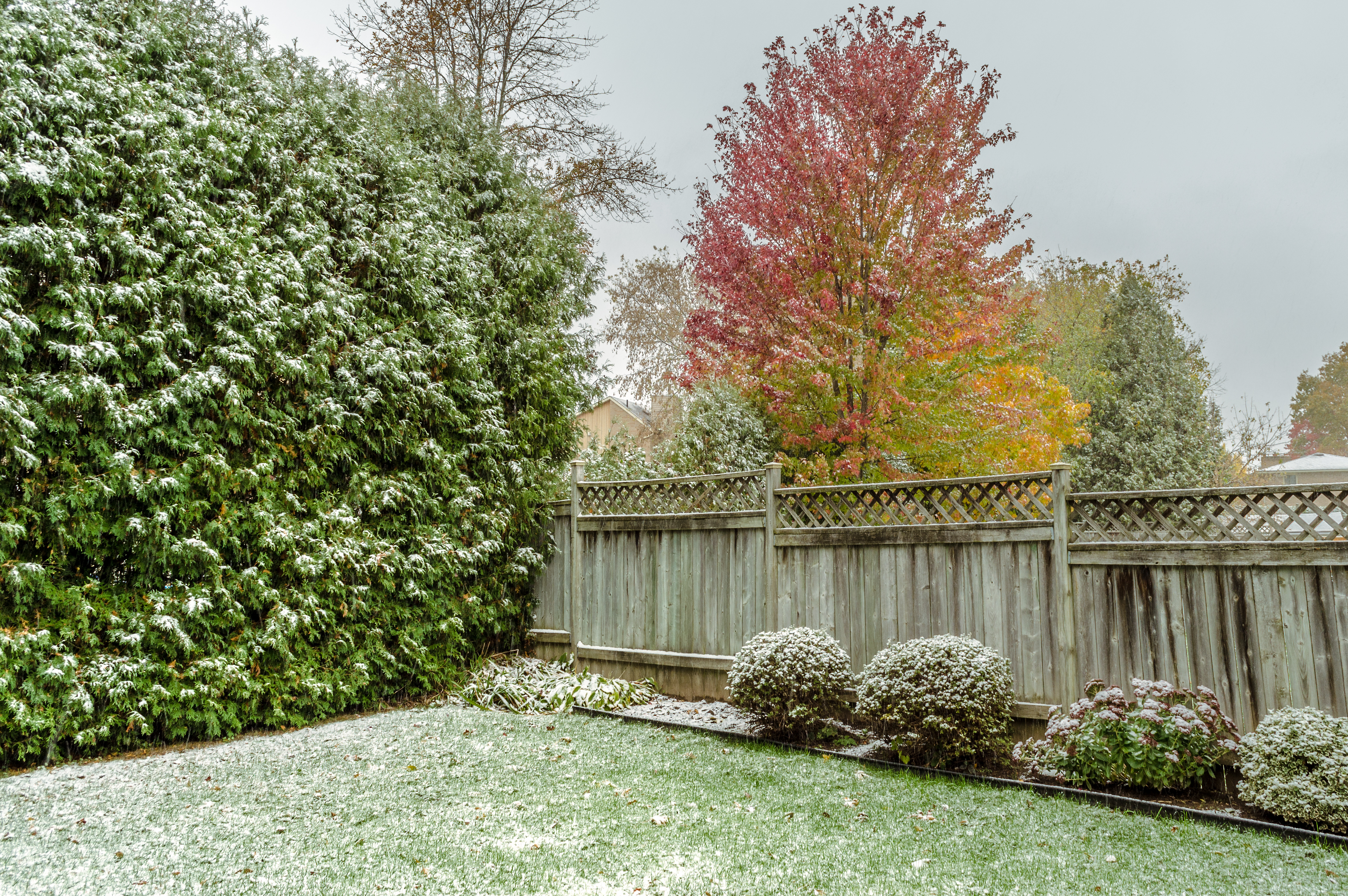Hot Shot Blog
Hot Shot Sprinkler Repair & Landscape - Farmington
4 Ways to Prepare Your Yard for Winter in Farmington, UT
Taking care of your yard may feel like a warm-weather activity, but the work doesn’t end when temperatures begin dropping. Garden and winter lawn maintenance in Farmington, UT can help keep your landscaping healthy and set it up for maximum growth next spring. Here are four ways to transition your landscaping from summer to fall and winter.
How To Prepare Your Yard for Winter:
Clean Up
Start by harvesting any fruits, vegetables, and flowers that you want to keep before they begin to rot.
Some annuals — such as snapdragons and pansies — will reseed and come back in the spring if you leave them in your garden. But if you have annual plants that can’t handle winter temperatures, remove them. Any plant fragments left behind will decompose, but you can help speed the decomposition by cutting them up with a spade or shovel.

Next, turn your attention to the plants that will stay through the winter. Trim back dead or overgrown branches or stems from your trees, shrubs, bushes, and other perennials. Pruning your plants will help them conserve energy over the winter and return stronger in the spring.
You should throw out any branches or plants infested with disease or insects to avoid reintroducing the issues to your garden, but other debris can be composted to use next spring.
Adjust Your Watering
As the weather cools and dampens, it’s likely time to re-examine your watering schedule, probably reducing the length and frequency of your watering sessions.
Before the weather gets too cold, turn off any water features and prepare them for the winter by draining and cleaning them. Winter lawn maintenance in Farmington, UT may include winterizing your sprinkler system, which Hot Shot Sprinkler Repair & Landscape can do for you. In addition to winterizing water features and sprinklers, drain outdoor hoses and detach them from hose bibs to avoid damage to your outdoor faucets.

Prepare the Soil
Using a nitrogen-rich fertilizer before the weather gets too cold will help your plants’ roots grow strong over the winter. For winter lawn maintenance in Farmington, UT, aerate your lawn and reseed any bare patches before fertilizing. Be careful not to use spring fertilizer, which will lead to your grass dying during the winter.
This is also a good time to mix compost into the top 6 inches of your garden soil. While “fertilizer” and “compost” are often used interchangeably, they can complement each other — compost provides nutrients for the soil, while fertilizer provides nutrients for the plants themselves.
Plant
Spring isn’t the only time to incorporate new plants into your garden. The ideal time to plant most perennials is in the fall so they can take root before the spring. And if you’ve been eyeing any new trees or shrubs, they often are discounted late in the summer.
This is also the season to plant fall vegetables such as pumpkins, winter squash, and carrots. After planting, you can add mulch to help your plants retain moisture and prevent frost heaving, according to.
Following these tips as temperatures cool will help your lawn and garden shine when the weather warms again in the spring.

